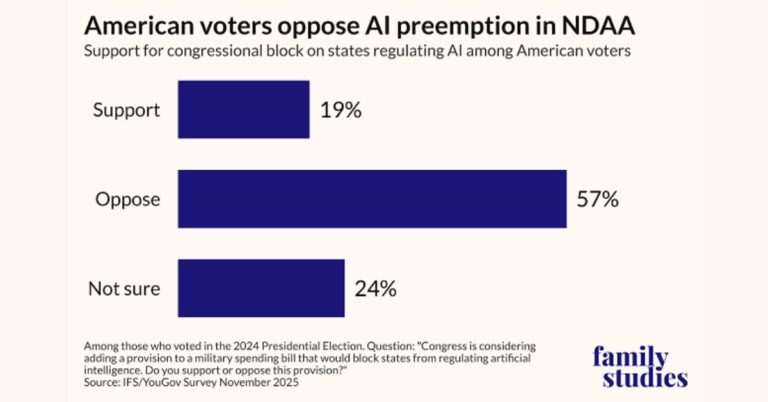Globe Launches Private 5G Network to Transform Philippine Industries
Globe, a leading telecommunications provider in the Philippines, has announced the deployment of its first fully operational private 5G network. This solution is designed to address critical business challenges across multiple industries by offering dedicated, high-performance connectivity. The service aims to support business clients in sectors such as ports, mining, and manufacturing, enhancing their operational efficiency, security, and adaptability.
How Globe’s Private 5G Solves Connectivity Issues in Industries
The challenges posed by public networks—such as shared bandwidth, limited control, and inconsistent security—often hinder businesses from fully leveraging digital technologies. These issues are particularly significant for industries that rely on real-time operations, large-scale IoT deployments, and sensitive data management.
Globe’s private 5G network directly addresses these concerns by providing exclusive bandwidth, ensuring better performance, control, and security. This level of exclusivity allows businesses to customize network configurations to their specific needs, ensuring seamless integration of advanced applications such as IoT, AI, and analytics.
Why Globe’s Private 5G Network Is a Game-Changer for Businesses
Globe’s private 5G network is a game-changer for the Philippine market, offering a tailored approach to connectivity. Unlike public networks that serve multiple users, this service allocates dedicated bandwidth to its clients. Key features include:
- Enhanced Security: The private network ensures that data remains protected with stringent security protocols, reducing exposure to cyber threats.
- Customizable Configurations: Businesses can adapt the network to meet specific operational demands, ensuring seamless deployment of mission-critical applications.
- Reliable Performance: The network’s low-latency connectivity enables real-time operations, crucial for industries requiring immediate responses.
- Scalability: The infrastructure can be expanded to accommodate future demands, supporting long-term growth and innovation.
Globe’s 5G Pilot: Advancing Security with AI-Powered Analytics
Globe’s partnership with Nokia Shanghai Bell has been instrumental in demonstrating the capabilities of its private 5G network. During the pilot phase conducted in Makati City, Globe showcased an integrated Video Surveillance and Analytics Solution, featuring advanced tools to improve security and efficiency. These tools include:
- People Counting: Accurate measurement of foot traffic to support workforce management and space utilization.
- Facial Recognition: Enhanced security through real-time identification of individuals.
- Gender Detection: Analytics for demographic insights and operational planning.
- Vehicle Plate Tracking: Improved asset monitoring and management.
These features are particularly beneficial for industries with high-security demands, such as ports and manufacturing, and those needing detailed operational data for better decision-making.
Key Sectors Benefiting from Globe’s 5G Private Network
Globe’s private 5G network targets Business-to-Business (B2B) clients across key sectors, where high-performance connectivity is essential for operational success:
- Ports: Enabling secure and efficient cargo monitoring, logistics optimization, and enhanced perimeter surveillance.
- Mining: Improving worker safety, remote equipment monitoring, and environmental compliance.
- Manufacturing: Supporting automation, real-time inventory tracking, and predictive maintenance.
These industry-specific applications demonstrate Globe’s commitment to providing tailored solutions that address the unique challenges faced by its clients.
The Advantages of Globe’s Private 5G Network for Businesses
Globe’s deployment offers several advantages that empower businesses to operate more effectively and securely:
- Operational Efficiency: Real-time insights and analytics enable businesses to optimize processes and reduce delays.
- Improved Security: Dedicated connectivity ensures sensitive data remains protected from cyber threats.
- Enhanced Workforce Management: Features like people counting and facial recognition help businesses allocate resources effectively and improve safety.
- Asset Tracking: Vehicle plate tracking and similar tools provide better control over assets, reducing losses and inefficiencies.
These benefits highlight how private 5G networks can transform traditional operations into more agile, data-driven systems.
Globe’s Strategic Partnerships for Private 5G Solutions
Globe’s strategic focus on innovation is evident in its partnerships with global technology leaders, such as Nokia Shanghai Bell, and systems integrators. This collaborative approach ensures that the private 5G network remains adaptable to emerging technologies and business needs.
According to Gerhard Tan, Senior Director and Head of Technology Strategy and Innovations at Globe, “This milestone demonstrates our drive to provide cutting-edge connectivity solutions that cater to the varying needs of our clients. As businesses and organizations continue to adapt to the rapidly changing technological landscape, Globe’s private 5G network solution will be a key enabler in overcoming connectivity challenges, enabling new applications for different use cases, and driving the next wave of digital transformation.”
This initiative reinforces Globe’s role as a leader in digital innovation, positioning its clients for success in an increasingly connected world.
he Future of Globe’s Private 5G: AR, IoT, and More
Globe’s private 5G deployment is just the beginning. While the initial focus is on video surveillance and analytics, the network’s capabilities extend to a wide range of future applications, such as:
- IoT Integration: Supporting industrial automation and real-time monitoring of connected devices.
- Augmented Reality (AR) and Virtual Reality (VR): Enabling immersive training and maintenance applications.
- Digital Twins: Creating virtual simulations of operations for predictive maintenance and optimization.
- Smart Manufacturing: Leveraging robotics and AI for automated production lines and quality control.
By continuously evolving its offerings, Globe ensures that its clients remain at the forefront of technological advancement.
Driving Philippine Industries Forward with Globe’s Private 5G
Globe’s launch of the Philippines’ first private 5G network represents a significant step in addressing the connectivity challenges faced by businesses in critical industries. By offering exclusive, high-performance connectivity, the network empowers organizations to adopt advanced applications, improve security, and enhance operational efficiency.
Through its commitment to innovation and collaboration with global technology leaders, Globe is driving the digital transformation of industries across the Philippines. This initiative not only positions Globe as a leader in private 5G networks but also provides businesses with the tools needed to thrive in an increasingly connected world.







































